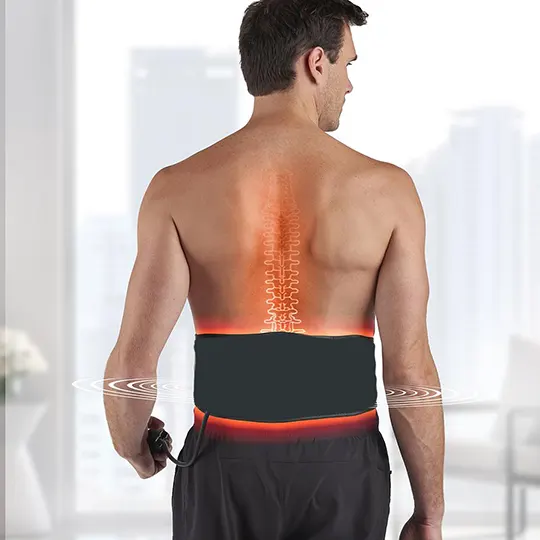Accutane
Accutane - General Information
Accutane, also known as all-trans-retinoic acid (ATRA), is a naturally occurring derivative of vitamin A (retinol). Retinoids such as tretinoin are important regulators of cell reproduction, proliferation, and differentiation and are used to treat acne and photodamaged skin and to manage keratinization disorders such as ichthyosis and keratosis follicularis. Accutane also represents the class of anticancer drugs called differentiating agents and is used in the treatment of acute promyelocytic leukemia (APL).
Pharmacology of Accutane
Accutane, also known as all-trans-retinoic acid (ATRA), is a naturally occurring derivative of vitamin A (retinol). Retinoids such as tretinoin are important regulators of cell reproduction, proliferation, and differentiation and are used to treat acne and photodamaged skin and to manage keratinization disorders such as ichthyosis and keratosis follicularis. Accutane also represents the class of anticancer drugs called differentiating agents and is used in the treatment of acute promyelocytic leukemia (APL).
Accutane for patients
Accutane Interactions
Concomitant topical medications, medicated or abrasive soaps, shampoos, cleansers, cosmetics with a strong drying effect, products with high concentrations of alcohol, astringents, spices or lime, permanent wave solutions, electrolysis, hair depilatories or waxes, and products that may irritate the skin should be used with caution in patients being treated with RENOVA because they may increase irritation with RENOVA.
RENOVA should not be administered if the patient is also taking drugs known to be photosensitizers (e.g., thiazides, tetracyclines, fluoroquinolones, phenothiazines, sulfonamides) because of the possibility of augmented phototoxicity.
Accutane Contraindications
This drug is contraindicated in individuals with a history of sensitivity reactions to any of its components. It should be discontinued if hypersensitivity to any of its ingredients is noted.
Additional information about Accutane
Accutane Indication: For the the induction of remission in patients with acute promyelocytic leukemia (APL), French-American-British (FAB) classification M3 (including the M3 variant); For the topical treatment of acne vulgaris, flat warts and other skin conditions (psoriasis, ichthyosis congenita, icthyosis vulgaris, lamellar icthyosis, keratosis palmaris et plantaris, epidermolytic hyperkeratosis, senile comedones, senile keratosis, keratosis follicularis (Darier's disease), and basal cell carcinomas.); For palliative therapy to improve fine wrinkling, mottled hyperpigmentation, roughness associated with photodamage.
Mechanism Of Action: Accutane binds to alpha, beta, and gamma retinoic acid receptors (RARs). RAR-alpha and RAR-beta have been associated with the development of acute promyelocytic leukemia and squamous cell cancers, respectively. RAR-gamma is associated with retinoid effects on mucocutaneous tissues and bone. Although the exact mechanism of action of tretinoin is unknown, current evidence suggests that the effectiveness of tretinoin in acne is due primarily to its ability to modify abnormal follicular keratinization. Comedones form in follicles with an excess of keratinized epithelial cells. Accutane promotes detachment of cornified cells and the enhanced shedding of corneocytes from the follicle. By increasing the mitotic activity of follicular epithelia, tretinoin also increases the turnover rate of thin, loosely-adherent corneocytes. Through these actions, the comedo contents are extruded and the formation of the microcomedo, the precursor lesion of acne vulgaris, is reduced. Accutane is not a cytolytic agent but instead induces cytodifferentiation and decreased proliferation of APL cells in culture and in vivo. When Accutane is given systemically to APL patients, tretinoin treatment produces an initial maturation of the primitive promyelocytes derived from the leukemic clone, followed by a repopulation of the bone marrow and peripheral blood by normal, polyclonal hematopoietic cells in patients achieving complete remission (CR). The exact mechanism of action of tretinoin in APL is unknown.
Drug Interactions: Not Available
Food Interactions: Not Available
Generic Name: Tretinoin
Synonyms: ATRA; Retionic Acid; All Trans-Retinoic Acid; All Trans Retinoic Acid; beta-Retinoic Acid
Drug Category: Keratolytic Agents; Antineoplastic Agents; Cell Stimulants and Proliferants
Drug Type: Small Molecule; Nutraceutical; Approved; Investigational
Other Brand Names containing Tretinoin: Aberel; Accutane; Airol; Aknefug; Aknoten; Amnesteem; Claravis; Dermairol; Eudyna; Lsotretinoin; Retisol-A; Solage; Sotret; Stieva-A; Stieva-a Forte; Tri-Luma; Vitinoin;
Absorption: 1-31% (topical)
Toxicity (Overdose): Not Available
Protein Binding: > 95%
Biotransformation: Hepatic
Half Life: 0.5-2 hours
Dosage Forms of Accutane: Liquid Topical
Gel Topical
Cream Topical
Capsule Oral
Chemical IUPAC Name: 3,7-dimethyl-9-(2,6,6-trimethyl-1-cyclohexenyl)nona-2,4,6,8-tetraenoic acid
Chemical Formula: C20H28O2
Tretinoin on Wikipedia: https://en.wikipedia.org/wiki/Tretinoin
Organisms Affected: Humans and other mammals




